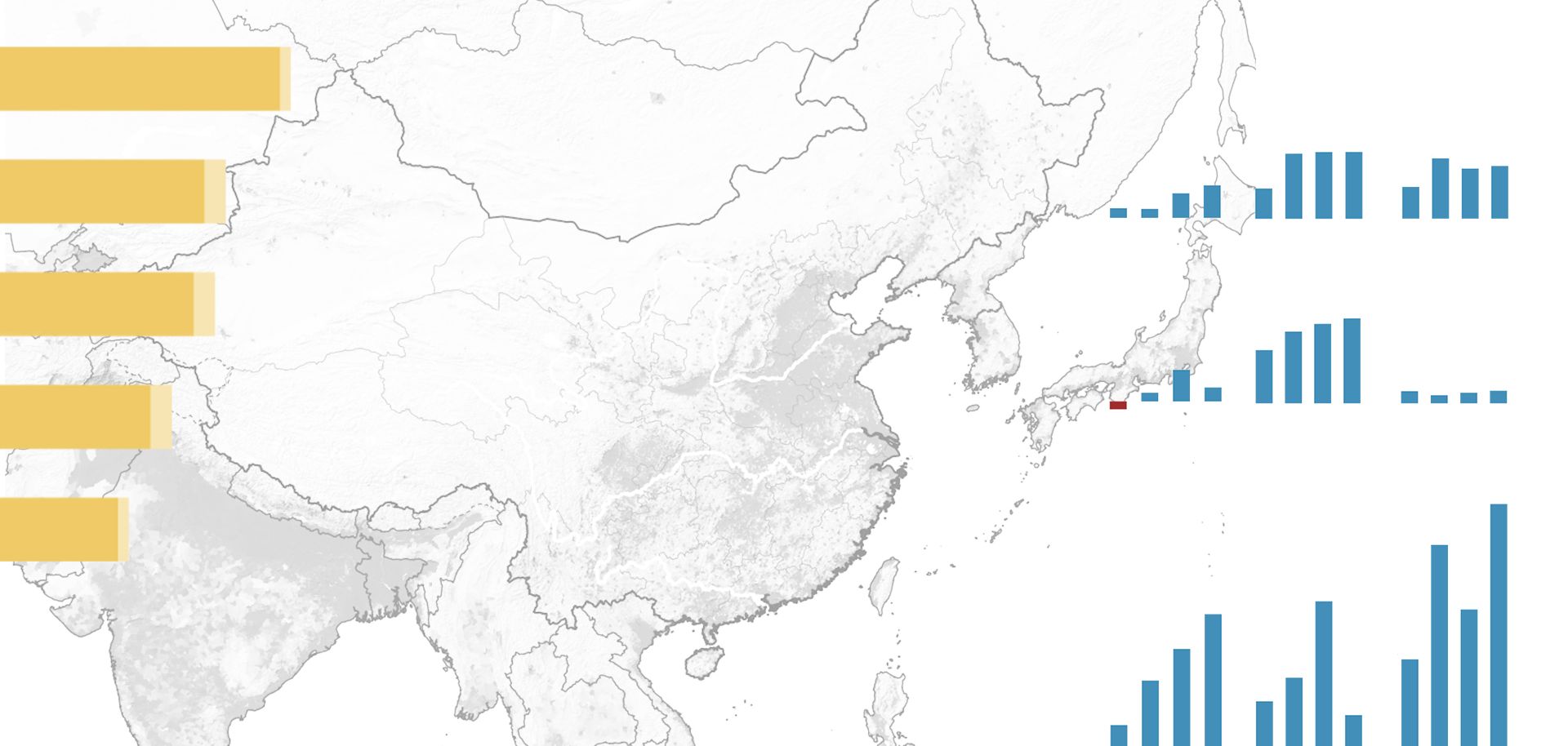
China's economy is changing. The country has relied on manufacturing, heavy industry and raw industrial development since it first kicked off a phase of explosive growth in the 1980s. But like Japan and South Korea before it, China has reached the limits of this export-led model and must now adjust to new conditions. Since the Mao era, steel production has driven economic growth in the country, feeding into other industries and, more recently, helping to undergird the real estate boom. In 2006, however, China's steel production began to outstrip domestic demand, forcing Beijing to look for new markets and for a way to align supply with demand.
The structure of the steel industry has made this quite challenging. Thousands of tiny, local firms scattered across the country produce the majority — 66 percent — of China's steel. Local government policies protect the small producers from market forces, allowing them to survive despite their inefficiencies. This broad array of small producers has caused China's overcapacity problem, depressing global steel prices and capturing headlines. Beijing has tried several methods to rein in these tiny producers — denying credit, pressuring local governments and forcibly closing plants — to limited success.
To change tack, China's conglomerates will go abroad, following the example of Japan's Nippon Steel and South Korea's POSCO. A May 17 article in state-run People's Daily announced China's plans to move 10 million metric tons of steel production to Brazil, involving facilities run by Baosteel, Ansteel, Wuhan Steel and numerous other large producers. Though the initial transfer is small in global terms, it is just the start of a broader trend. With Beijing's approval, offshoring is likely to continue, expanding from Brazil to high-growth areas of Southeast Asia and India. Even so, the push among Chinese steel firms to set up facilities overseas will do little to solve the overcapacity problem at home. The production moved overseas is simply too small and overlooks the real problem underlying overproduction: local producers.



